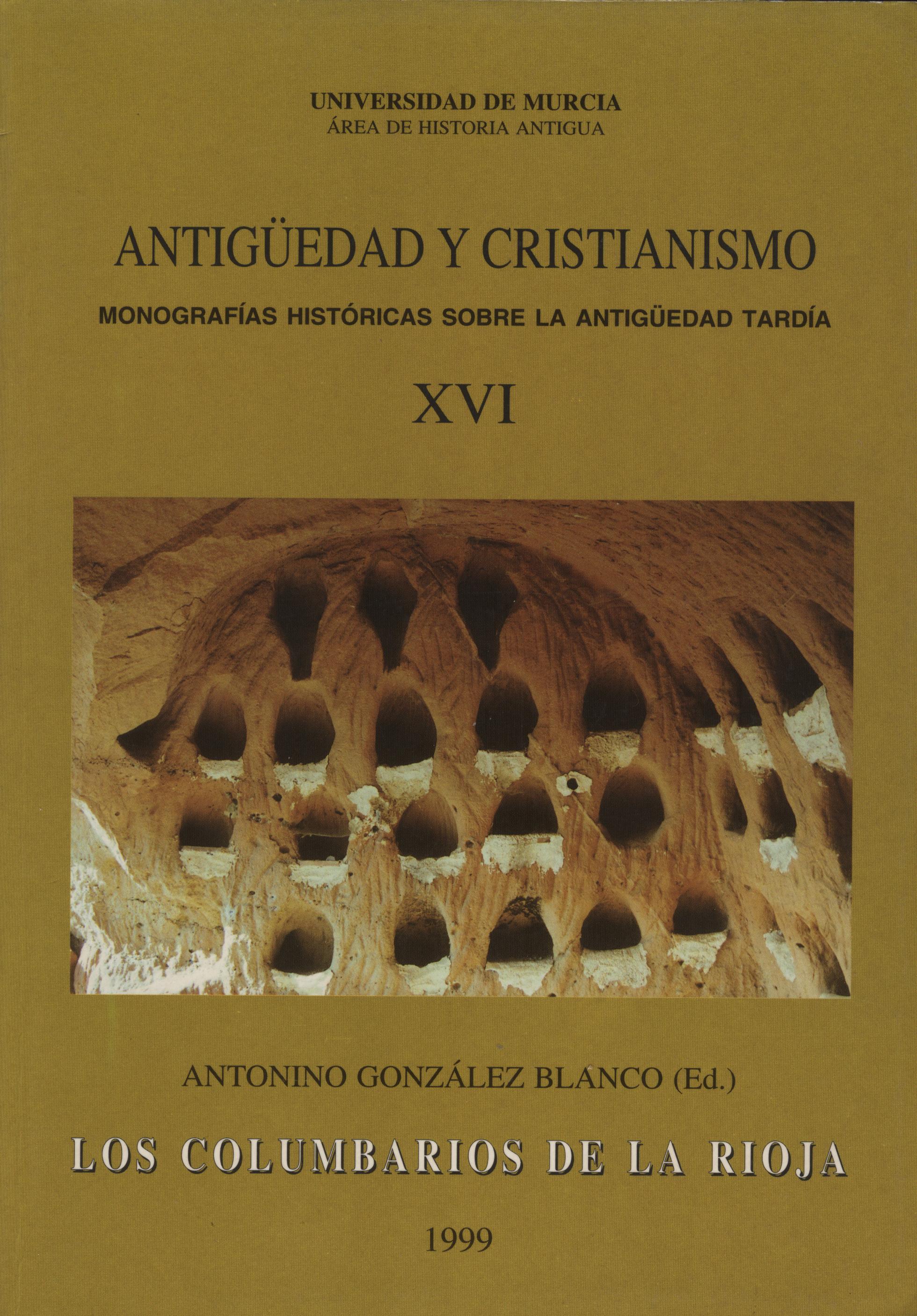LOS MAYOS Y EL PROBLEMA DE LOS PALOMARES
Abstract
Se describe una curiosa complementariedad entre el uso constatable de «plantar el árbol de mayo» en la noche de las valpurgis (30 de abril al 1 de mayo) para quitarlo en último día del mes de.las flores y la localización geográfica de las cuevas con «columbarios» en La Rioja. En la medida de nuestro conocimiento, donde se plantaba el «mayo» no se dan los columbarios rupestres y en cambio donde hay «columbarios rupestres» no se plantaba el «mayo». Hay, además, otra coincidencia: Los «columbarios» se dan en la Rioja Baja, es decir en la mitad oriental de la región, que coincide con la tierra en la que se puede constatar la difusión del culto a San Bábilas, un santo oriental cuya veneración se extiende también por la baja Navarra. ¿Hay relación entre los tres motivos? ¿Puede aceptarse una difusión de un monacato de origen oriental que hubiera traído a estas tierras el uso de los «columbarios» y el culto a este santo oriental a la vez que hubiera hecho la labor misionera de eliminar el culto pagano que significaría el «arbol de mayo»?Downloads
1. The authors non-exclusively assign the exploitation rights (reproduction, distribution, communication and transformation) to the magazine.
2. The works published in this magazine are subject to the Attribution-ShareAlike 4.0 International license (CC By SA 4.0). Therefore, they can be copied, used, disseminated, transmitted and publicly displayed, provided that:
i) the authorship and the original source of its publication (journal, editorial and URL of the work) are cited, thus allowing its recognition.
ii) it is allowed to remix, transform or create from the material while maintaining the same license as the original.
Note: Articles prior to 2022 incorrectly display the CC by SA license in the abstract page. They are under a CC by NC ND license as embedded in the article pdfs. Articles published in 2022 and after are under the CC by SA license.

3. Self-archiving conditions. Authors are allowed and encouraged to electronically disseminate the pre-print (version before being evaluated) and/or post-print (version evaluated and accepted for publication) versions of their works before publication, as it favors their publication. Earlier circulation and diffusion and with it a possible increase in its citation and reach among the academic community. Color RoMEO: verde.























